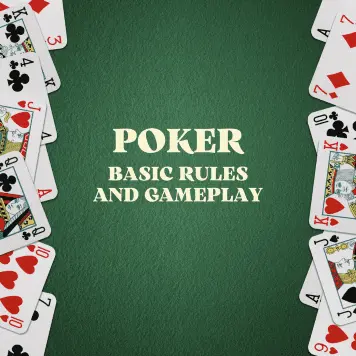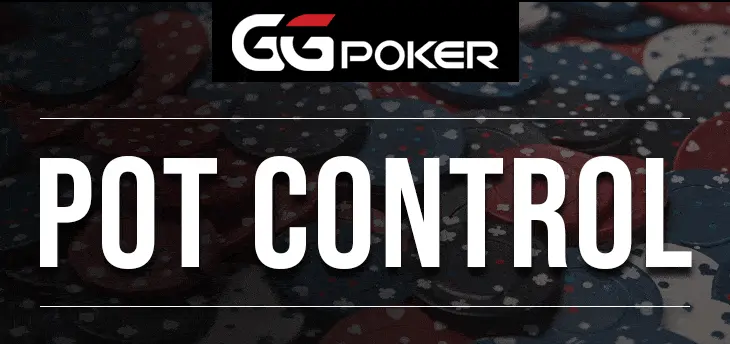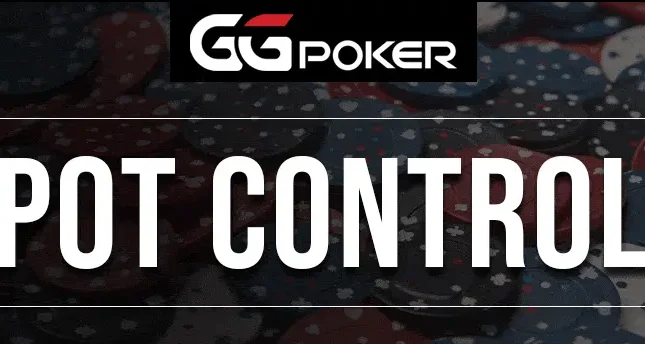
공유하다:
Pot control
refers to the strategy of managing the size of the pot during a poker hand to keep it smaller and more manageable, often by checking behind on certain streets with semi-strong hands. While this approach makes sense in theory, it can lead to several strategic pitfalls if misapplied. So, does pot control still have a place in today’s poker landscape?
Let’s break down whether it’s still useful, and how players can use it effectively without compromising their overall game.
The Betting Lead and Its Importance
In any poker hand, there’s always an aggressor, the player who initiates the action. Having the betting lead means you’re the one dictating the flow of the hand, deciding when to bet or check, and how much pressure to apply. The key advantage of having the betting lead is that you’re forcing your opponent to react to your moves.
For instance, if you’re in position and your opponent checks to you, you can choose to bet and apply pressure or check behind and proceed to the next street. You are in control, and the decision-making burden falls on your opponent.
Having the betting lead gives you control over the pot size, which is particularly valuable when you have an advantage in skill or hand strength. When used correctly, this can be a key to maximizing profits and minimizing losses. But it’s essential to avoid falling into the trap of being too passive.
The Misapplication of Pot Control
A common mistake, especially among newer or more cautious players, is over-relying on pot control. While this strategy can work in certain situations, such as when you suspect your opponent has a stronger hand, it should not be used as a crutch. Many players use pot control to justify overly tight or “nitty” play, where they only build big pots with monster hands, making their play very predictable.
The problem with relying too heavily on pot control is that it becomes easy for observant opponents to pick up on your tendencies. If you only build big pots when you have the nuts and keep pots small when you have medium-strength hands, you become too easy to read. This makes it hard to maximize your winnings from non-nut hands, as you’re missing opportunities to extract value.
Balancing Pot Control and Aggression
One of the biggest lessons in poker is to focus on making +EV (positive expected value) decisions rather than playing out of fear of losing a hand. A good poker player looks at the entirety of their opponent’s range, not just the hands that beat them. If your opponent can have a wide range of weaker hands that will call your bet, you should value bet rather than control the pot.
However, if you suspect your opponent’s range is heavily weighted toward hands that beat you, pot control might be the right move. The key is striking the right balance between applying pressure and exercising caution based on your opponent’s tendencies and the situation.
Maximizing Value vs. Fear of Loss
Newer players often make the mistake of focusing too much on individual hands—thinking, “Can I win or lose this pot?”—instead of concentrating on maximizing their value over time. In poker, you’re going to lose pots. It’s inevitable. The goal is not to win every hand but to make the best decisions at each stage of the game.
For example, if you have top pair and suspect your opponent could have the nuts, you might be tempted to control the pot. But if their range includes numerous second-best hands that would give you action, it would be more profitable to value bet. It’s critical to assess the entire situation, not just the potential threat of losing to a stronger hand.
Moving Beyond Basic Pot Control
While pot control can still work in certain situations, it should not dominate your overall strategy. Instead of focusing solely on minimizing losses, your goal should be to maximize your winnings in each hand. By balancing aggression and pot control based on your reads and the texture of the game, you’ll be able to avoid becoming predictable and missing out on value.
Remember, it’s not about trying to win every pot, but about making the best +EV decisions consistently. By thinking in terms of ranges and expected outcomes rather than just hand strength, you’ll improve your ability to navigate post-flop play and increase your overall win rate.
Conclusion: Evolving Your Strategy
In conclusion, pot control has its place in poker, but overusing it can severely limit your potential winnings. The best players know when to exercise pot control and when to push for more value. By focusing on making +EV decisions and avoiding fear-based play, you’ll build a more solid and profitable strategy over time.
While advice for beginners often emphasizes caution and pot control, advancing your game requires a more nuanced understanding of when to apply pressure and when to dial it back. Stay aggressive, stay thoughtful, and keep evolving your approach to poker.











